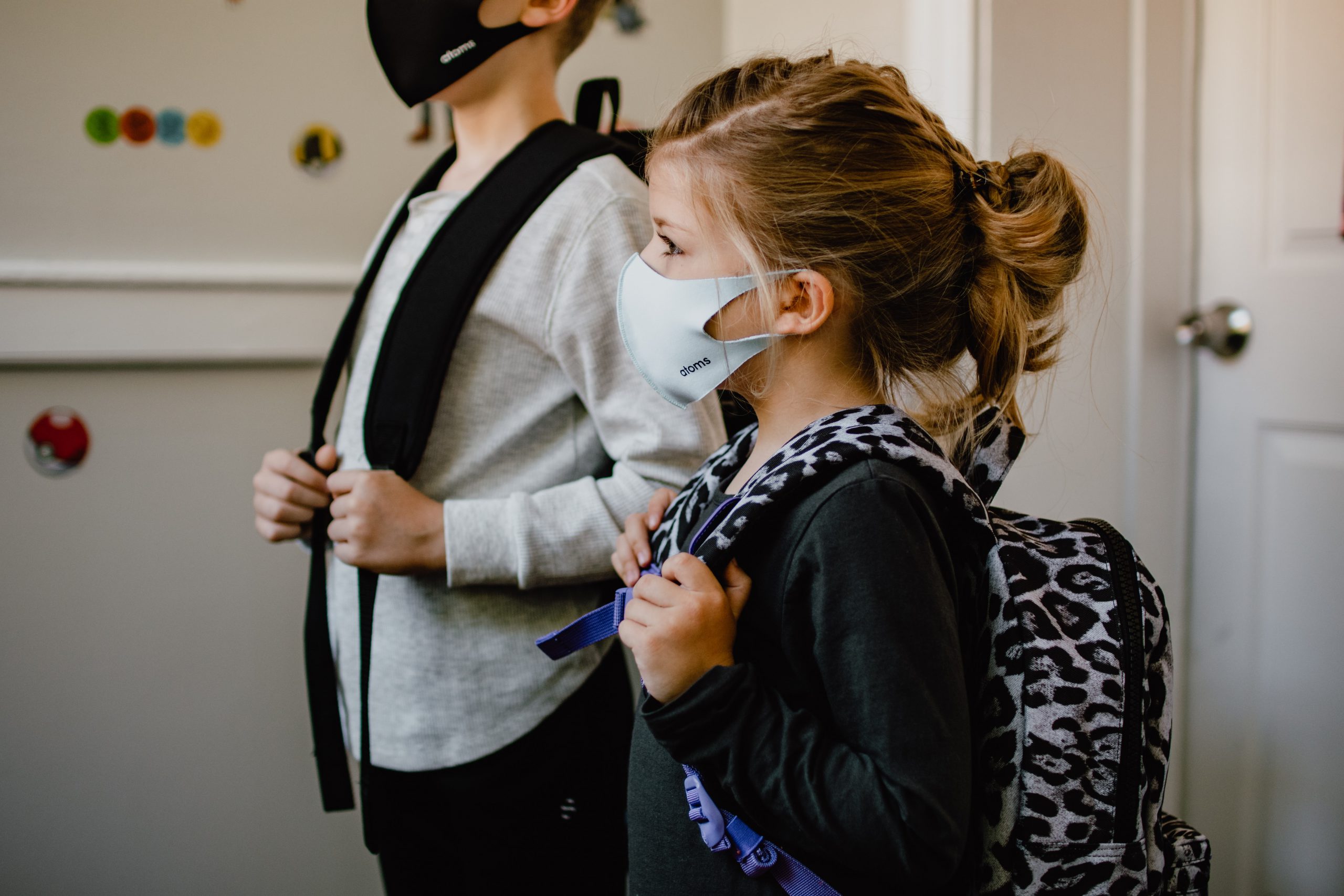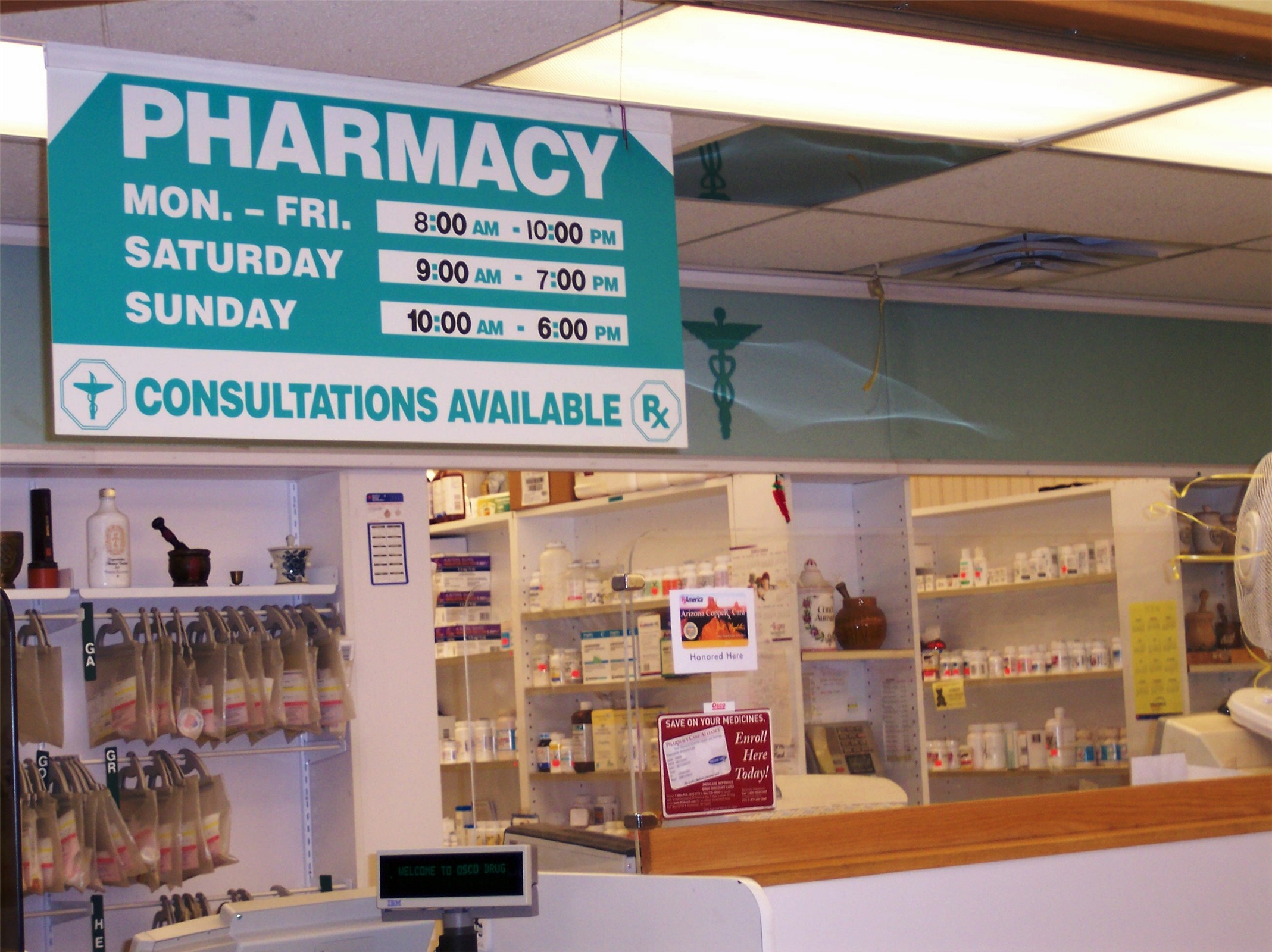Last Updated on October 21, 2024
This article originally appeared on BeMedWise. An up-to-date version can be found here.
COVID-19 is not rare in children and adolescents. At time of writing, it has infected more than 7.3% (5,518,815) of the young people in the United States. Since even those with mild or asymptomatic disease can spread COVID to others, they are a source of infection for unprotected and vulnerable individuals.
Other than reducing the spread of COVID infections, there are many reasons why we need to commit to immunizing children and adolescents and utilizing other proven protective measures such as face masks, social distancing, screening questions, contact tracing, staying home when sick, and periodic COVID testing.
Despite early impressions and ongoing rhetoric that COVID-19 infection is uncommon and relatively harmless in children, time has shown that children and adolescents are getting COVID at increasing rates and that the number that are getting severe disease and/or have significant mental and physical complications from COVID disease is not trivial.
1 – Increasing Number of Cases
Since the Delta variant has become predominant, the increase in COVID-19 has been staggering. While over 1.5 million pediatric cases were reported in the United States in 2020 there were more than 1.9 million cases reported in the first nine months of 2021 alone, including 243,373 new cases in the first week of September and 225,978 new cases the following week.
With more adults getting vaccinated and vaccinations still not available to children under 12 years old, children are becoming an increasing percentage of COVID cases — currently 27%.
Although the Delta variant is not causing a more severe disease, there is an increasing amount of serious disease, hospitalizations, and death simply because there are more cases.
2 – Severe Disease
Although uncommon (less than 0.001% of patients), children and adolescents are getting severe COVID disease. The amount of emergency room visits, hospital admissions (0.1%-2.0% of all pediatric COVID-19 cases), and death (up to 0.03% of all pediatric COVID-19 cases) for children and adolescents with severe COVID-19 is increasing as many people continue to resist vaccination and use of preventive measures. About one-third of children and adolescents hospitalized for COVID end up in the intensive care unit. As with adults, the rate is much higher in unvaccinated children and adolescents.
COVID symptoms in children and adolescents are similar to adults and include fever, fatigue, headache, muscle aches, cough, nasal congestion or discharge, loss of taste or smell, sore throat, shortness of breath or difficulty breathing, abdominal pain, diarrhea, nausea or vomiting, and poor appetite.
Severe COVID-19 in children and adolescents can result in respiratory failure, myocarditis, shock, acute renal failure, coagulopathy, and multi-organ system failure. Other serious problems in children and adolescents include intussusception or diabetic ketoacidosis. The vast majority of those with severe disease recover completely, but children are dying from the COVID-19.
3 – Complications
Children and adolescents are getting significant short and long-term complications of coronavirus infections, some unique to the age range.
Multisystem Inflammatory Syndrome
A significant complication that occurs predominantly in children and adolescents is Multisystem Inflammatory Syndrome (MIS). MIS-C (C stands for children) is an autoimmune disease where the person’s immune system attacks their own body. Although not proven, it is thought to be a rare (0.03% of patients) reaction to COVID-19. It can be severe and sometimes life-threatening. It usually develops about two to six weeks after infection with the SARS-CoV-2 coronavirus.
Typical symptoms of MIS-C may include fever lasting 24 hours or longer, vomiting, diarrhea, stomach pain, rash, feeling unusually tired, fast heartbeat, rapid breathing, red eyes, redness or swelling of the lips and tongue, redness or swelling of the hands or feet, headache, dizziness or lightheadedness, and enlarged lymph nodes.
Symptoms of severe disease include severe stomach pain, difficulty breathing, pale, gray or blue-colored skin, lips or nail beds — depending on skin tone, confusion, and inability to wake up or stay awake.
Most individuals will recover completely from MIS-C.
Long-haul Syndrome
Long-haul COVID Syndrome occurs in children and adolescents, although not as commonly as adults — anywhere from 2%-15%. Even those with asymptomatic or mild disease can develop the syndrome.
Long-haul symptoms can be an extension of COVID symptoms or begin after full recovery from COVID disease. Symptoms include coughing, chest pain, difficulty breathing, shortness of breath, tiredness or fatigue, fever, difficulty thinking or concentrating (brain fog), loss of smell and taste, headaches, muscle and joint pain, heart palpitations, anxiety, depression and mood swings. Fatigue, weak muscles, fast heart rate, and brain fog may also be a result of being in an intensive care unit (ICU) on a ventilator.
Long-haul symptoms rarely last longer than 12 weeks in children and adolescents, but 2%-3% of them may have symptoms that persist up to 6-18 months.
4 – More Severe Disease in Children with Risk Factors
While serious disease, significant complications, and long-haul syndrome may still be uncommon in children and adolescents, there are many children that are at a higher risk for them. Among those risk factors are age less than 1 year old and children and adolescents with cancer and other causes of immunosuppression, neurological disease, complex medical conditions such as diabetes, sickle cell disease, and other metabolic and genetic disorders, congenital heart disease, asthma or chronic lung disease, and obesity.
5 – Continued Isolation and Remote Learning
School is both a source of education and socialization for children, especially those with disabilities. Problems can occur in those areas where the local COVID patterns warrant remote learning. Persistent isolation is having a negative impact on children’s mental health, such as depression, anxiety, eating disorders, and increased symptoms in those with preexisting mental health conditions. Diverse abilities, uneven access to the tools and educational materials for remote learning, and lack of resources for outside help, such as tutors, have resulted in many students falling behind.
For those children who are in school, it can be a high-risk environment when school systems do not advocate the use of proven protective measures such as face masks, social distancing, and COVID testing when indicated. This is especially true for those states and areas that have forbidden these measures or that have parents fighting school systems who want to implement them.
Isolation also occurs as more playdates, parties, team sports, and other extracurricular activities are restricted or canceled.
6 – Other Consequences
Children and adolescents are missing annual check-ups and routine vaccinations due to widespread disruptions to health systems.
Like adults, the number of children seriously ill with COVID are straining the resources of pediatric hospitals resulting in a reduction of elective surgeries and the diversion of many ill children to other facilities that may not be as well equipped to treat them.
Medical bills will increase significantly as insurance companies resume charging COVID-19 patients for copays and other out-of-pocket expenses.
The Bottom Line
Despite what you may have heard, the reality is that a lot of children and adolescents are getting COVID-19 and the rate of infection is increasing. It is important to understand that, although the number of children and adolescents getting severe disease and significant complications is rare and only a small percentage of children and adolescents with COVID are getting long-haul syndrome, with over 5½ million cases many families are profoundly affected. Even though the vast majority of children and adolescents recover fully, COVID-19 and its complications can be devastating for families in the short- and long term.
The only way to prevent these things from happening is to increase the use of proven prevention measures and vaccinate as many children and adolescents as possible. While 46% of adolescents 12 years old and older have been vaccinated, we must commit to vaccinating those who have not yet gotten immunized against the novel coronavirus. The vaccines have been shown to be safe for children aged 5-11 years and may begin as soon as November. We must make the same commitment to them once they are.
The NeedyMeds website has a database of over 100 nationwide resources for those who have been impacted by COVID-19. For those looking for information on receiving a coronavirus vaccine, all adults and children over 12 years old can receive the vaccine free of charge. There may be options for children ages 12-18 to get vaccinated even if their parents don’t grant permission. Search online for your state’s requirements, area’s locations, and appointment availability.


